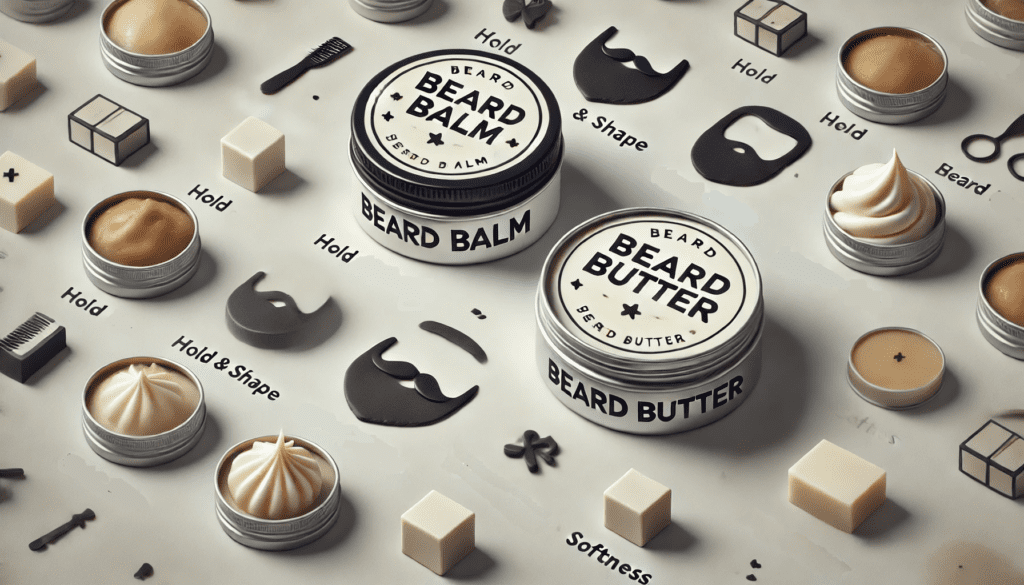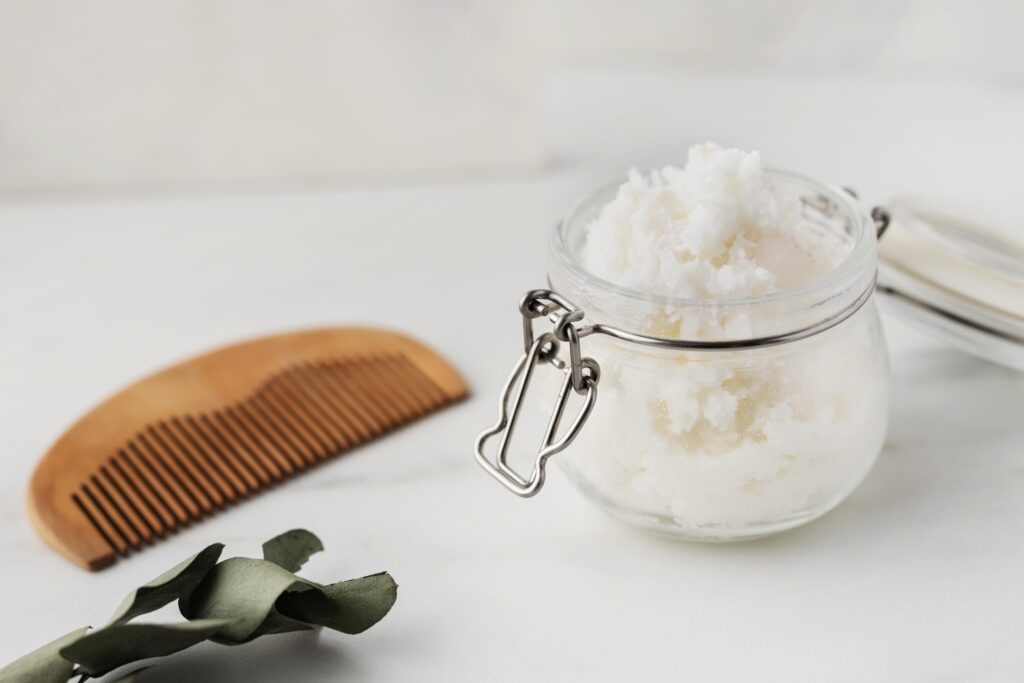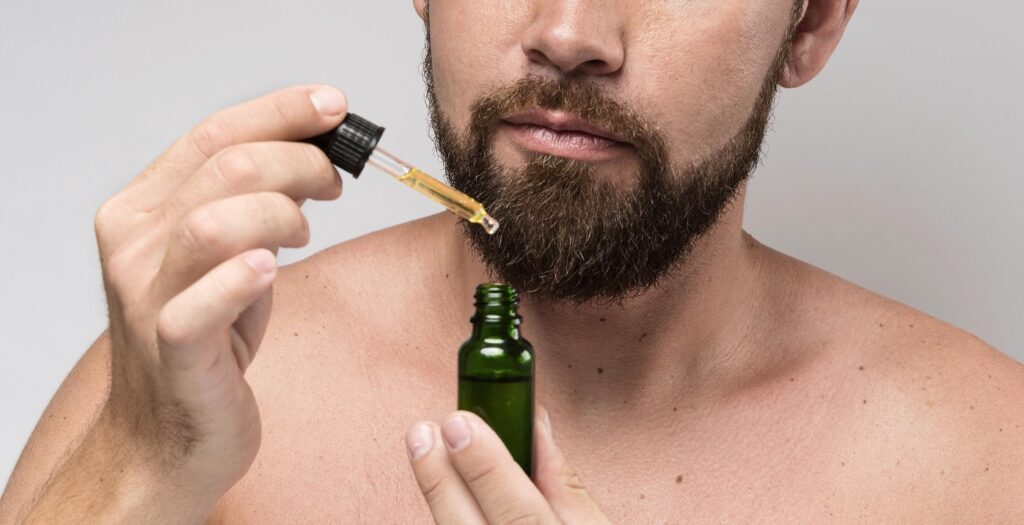Bold. Sharp. Unapologetically stylish. The Van Dyke beard is making a serious comeback, and for good reason.
This iconic look, once worn by 17th-century aristocrats and modern-day rebels alike, blends old-world charm with contemporary edge.
With its clean-shaven cheeks, sculpted goatee, and precisely defined mustache, the Van Dyke beard is perfect for men who want to stand out without overdoing it.
If you’re tired of the full-beard crowd, this popular beard style is a great alternative. It gives you a more artistic appearance and adds shape to your jawline.
And with celebrities, athletes, and influencers trying the look, it’s clear: the Van Dyke isn’t just back, it’s leading the charge in modern men’s grooming.
Let’s check out the most popular Van Dyke beard styles.
What Is a Van Dyke Beard?
The Van Dyke beard is a traditional facial hairstyle that combines a detachable mustache with a well-defined goatee. This style, which bears the name of the Flemish painter Anthony van Dyck from the 17th century, is renowned for its striking contrast and creative flair.
The mustache, which is sometimes treated independently, gives a clear, polished edge, while the chin beard is usually fashioned into a pointed or rounded goatee.
The beard Van Dyke draws attention to the lips and chin area by leaving the cheeks clean-shaven, in contrast to a thick beard. This results in a striking, sculptural look that combines contemporary refinement with antique charm.
Which Face Shape Van Dyke Beard Style Suits The Most?
Men with round, square, or oval faces tend to look best with the Van Dyke beard. This is the reason:
- Oval Faces: The structure that the beard Van Dyke provides is advantageous for oval faces, particularly when combined with a larger mustache.
- Square Faces: The pointed goatee, which softens the jawline without sacrificing masculinity, gives square faces equilibrium.
- Round Faces: The goatee’s vertical emphasis gives round faces a longer, more angular appearance.
Because it focuses attention downward and helps balance out a larger forehead or cheek area, men with triangular or heart-shaped features may also find the Van Dyke beard style attractive.
Anchor Beard Vs. Van Dyke Beard
The key difference between the Anchor Beard and Van Dyke Beard style is that the Anchor Beard connects along the jawline, while the Van Dyke is completely disconnected, giving it a more sculpted, stylized edge.
Though often confused, the Anchor Beard and Van Dyke Beard have distinct features and styling goals.
- The Anchor Beard gets its name from its anchor-like shape. It features a pointed beard on the chin, connected by a narrow strip along the jawline, and paired with a mustache. It emphasizes a structured, lower-face outline.
- The Van Dyke Beard, by contrast, consists of a disconnected mustache and goatee, with clean-shaven cheeks and jawline. It focuses attention on the mouth and chin area, offering a more artistic, vintage look.
Van Dyke Beard Vs. Goatee Beard
The key difference between a Van Dyke Beard and a Goatee Beard is that the goatee can be casual and understated, while a Van Dyke beard is more deliberate, styled, and expressive, often favored for its vintage appeal and bold contrast.
The Van Dyke Beard is technically a type of goatee, but with key distinctions in structure and style.
- A Goatee typically includes facial hair on the chin only, sometimes extended into a circle beard if it connects with a mustache. It’s a more flexible, minimalist style.
- The Van Dyke Beard, however, always includes a shaped chin beard and a distinct, standalone mustache. The cheeks remain shaved, and the style is intentionally sharper and more defined.
Van Dyke Beard Styles: Top Picks of The Year
Let’s go over different Van Dyke beard styles that you can rock this year.
1. Long Van Dyke Beard
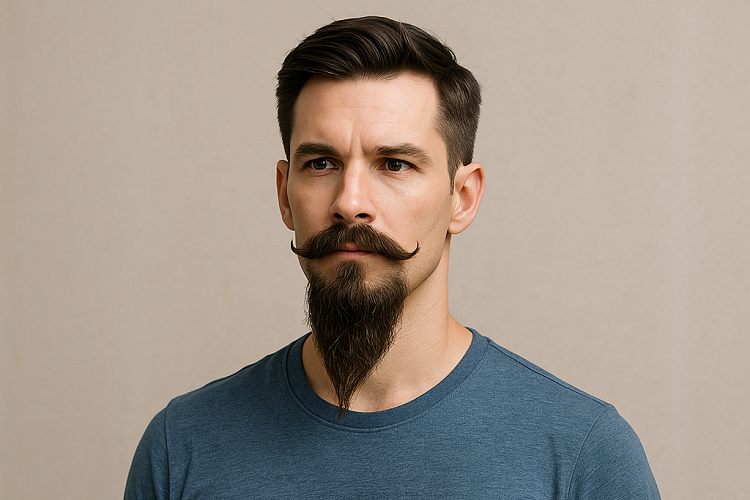
A long, pointed goatee and a detachable mustache are characteristics of the Long Van Dyke beard. This long beard style works nicely for fuller jawlines and gives the face a sense of length. This variant, which is readily accomplished by allowing the chin region to grow longer before shaping, is notable for its dramatic flare.
2. Modern Van Dyke Beard
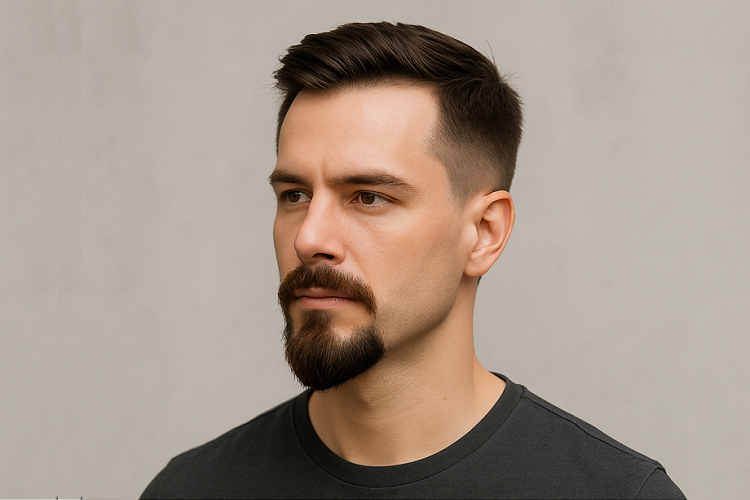
With crisper lines and less ornamentation, the Modern Van Dyke beard is a modern, streamlined version. It keeps the traditional goatee-mustache combination, but it’s cleaner and tapered. With a precision trimmer, this look is simple to maintain and looks good in both formal and informal situations.
3. Short Van Dyke Beard
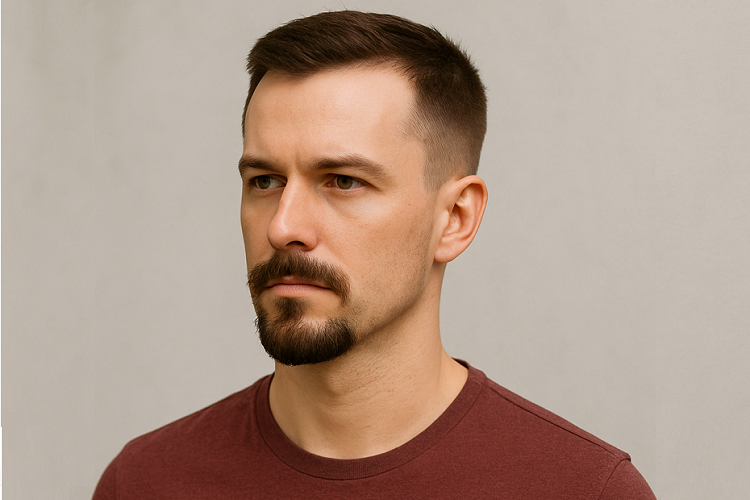
With tighter, closer trimming, the Short Van Dyke beard maintains the iconic appearance. For guys who want the Van Dyke look without a lot of length, this short hair beard is a low-maintenance choice. Ideal for people who desire a neater appearance or have finer facial hair.
4. Van Dyke Beard with Stubble
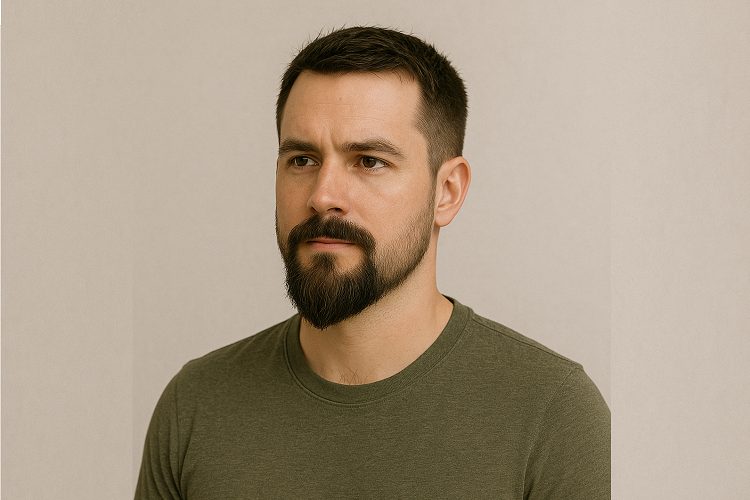
A well-defined goatee and mustache are combined with light stubble on the cheeks and jawline to create the Van Dyke beard with stubble. A rustic yet stylish appearance is produced by this contrast. It’s excellent for people who like a lived-in, slightly edgy take on the traditional look.
5. Van Dyke Full Beard
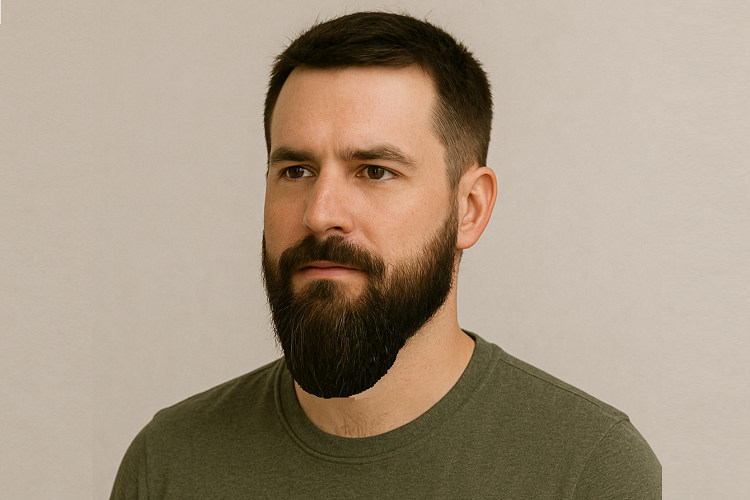
The Van Dyke full beard merges the goatee and mustache with a fuller beard along the jawline. It softens the high contrast of the traditional Van Dyke while still offering structure. This version suits men transitioning from a full beard or looking for a bold yet approachable style.
6. Van Dyke Beard Under Chin
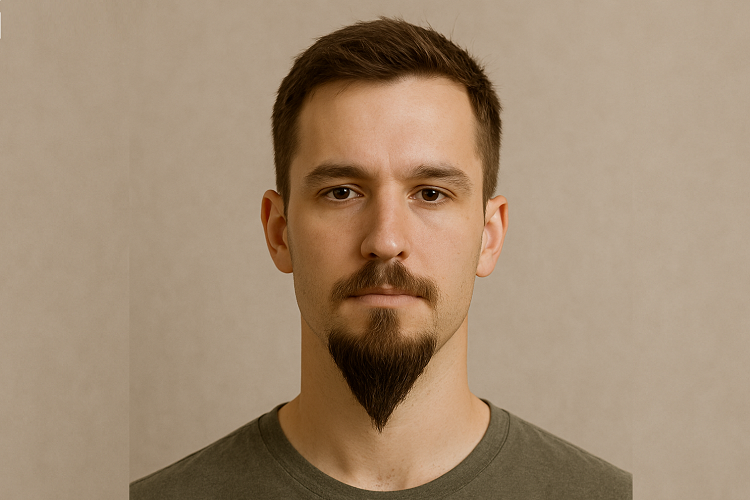
The Van Dyke beard under the chin extends the goatee below the jawline, adding more length and volume beneath the chin. This style elongates the face and adds a subtle twist to the traditional shape. Ideal for those wanting more definition without a full beard.
7. Van Dyke Mustache Beard
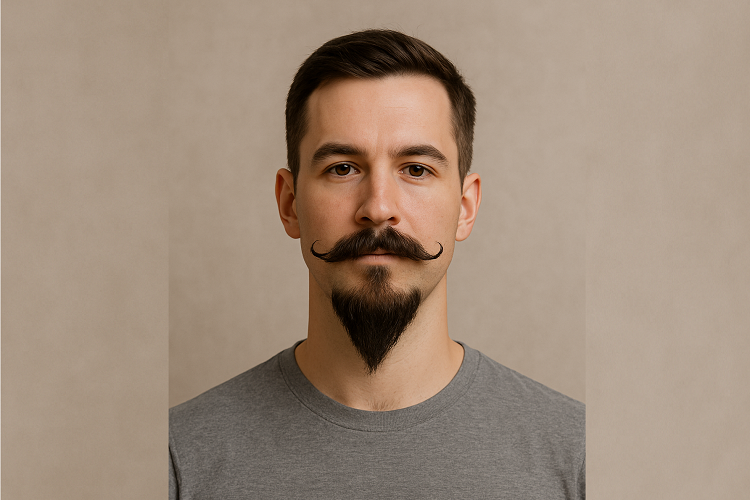
With a perfect goatee, the Van Dyke mustache accentuates the facial hair, which is often curled or groomed. This variation is strong and expressive since the mustache takes center stage. Excellent for people who like to use their grooming to show off their individuality.
8. Van Dyke Beard Without Mustache
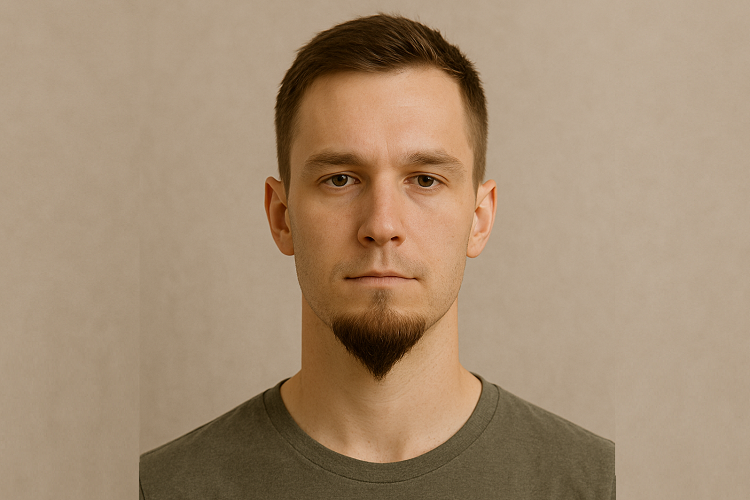
The sculpted goatee is kept in the Van Dyke beard without a mustache style, but the mustache is completely gone. It keeps the essential elements of the design intact while streamlining the overall appearance. Perfect for males with uneven mustache development or those who like a cleaner top lip.
How to Trim a Van Dyke Beard
If you want to maintain a Van Dyke beard, you must trim your beard regularly.
- Let It Grow First: Give your facial hair two to four weeks to grow long enough on your upper lip and chin.
- Cleanse the jawline and cheeks: Only the mustache and chin remain after all the hair on the cheeks and jaw has been cut off using a razor or trimmer.
- Shape the beard: Depending on your desire, trim the chin beard into a rounded form or a distinct point.
- Define the Mustache: Keep the mustache and beard apart; avoid making links at the corners. Trim it smoothly.
- Maintain Regularly: To maintain your beard smooth and groomed, use a precision trimmer for touch-ups and apply beard oil or balm.
For styling, apply some beard butter or beard oil to keep a healthy looking, soft beard.
FAQs
What prompted the popularity of the Van Dyke beard?
Because of its unique, artistic appearance and historical origins, the Van Dyke beard gained great popularity. The 17th-century painter Anthony van Dyck popularized the style, which has since had a renaissance in popularity due to prominent personalities and celebrities who want to seem bold and well-groomed. Men seeking a sophisticated yet expressive beard style are drawn to its clean lines and classic refinement.
How to grow a Van Dyke beard?
Give your beard at least two to four weeks to grow out completely. When the length is sufficient, shave the jawline and cheeks clean, leaving the chin and mustache untrimmed. Next, keep the mustache apart and trim the goatee into the form you choose, such as rounded or pointed. Maintain it often for a crisp finish and use a beard trimmer for accuracy.
What does a Van Dyke beard look like?
Van Dyke beards are characterized by clean-shaven cheeks, a well-defined goatee, and a disconnected mustache. The mustache can be inconspicuous or groomed, and the chin beard can be maintained round or sculpted to a point. The most distinctive aspect of the style is the distinction between the mustache and beard.
Why is it called a Van Dyke beard?
Anthony van Dyck, a Flemish painter famous for his portraits and distinctive facial hair, is honored by the style’s name. Later known as the Van Dyke beard, his famous goatee and curled mustache combo became a renowned fashion statement.
How to Style a Van Dyke beard?
To style a Van Dyke beard:
- Shave the jawline and cheeks.
- Cut the beard on the chin into a rounded or pointed goatee.
- Keep the mustache unconnected and shape it to match the chin region.
- For smoothness, use beard oil or balm; for accuracy, use a trimmer or razor.
- The ends of your mustache can be shaped or curled by optionally applying a tiny bit of mustache wax.
Conclusion: Make the Van Dyke Beard Your Signature Style
The Van Dyke beard is more than just facial hair; it’s a timeless expression of individuality, confidence, and refined masculinity. There is a Van Dyke variety that suits your face shape, lifestyle, and attitude, whether you want it long, contemporary, combined with stubble, or sharply styled with a curled mustache.
This beard style is unique because it strikes the ideal balance between creativity and structure, creating a sleek appearance that nevertheless allows for daring individual expression. Whether you’re wearing it to a night out, the gym, or the boardroom, it’s always attractive, easy to keep, and infinitely adjustable.
Try the Van Dyke beard, find your favorite variation, and let your style speak before you even say a word.


